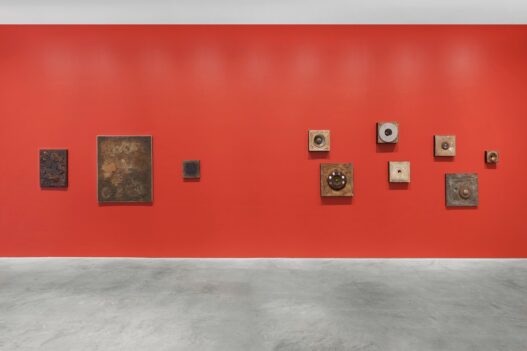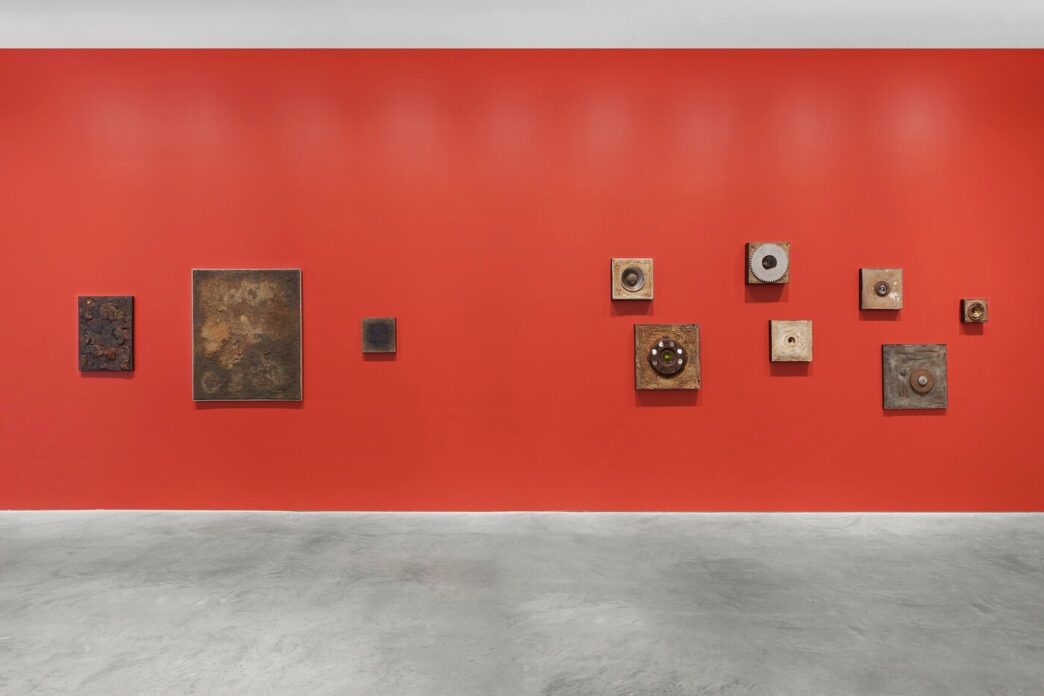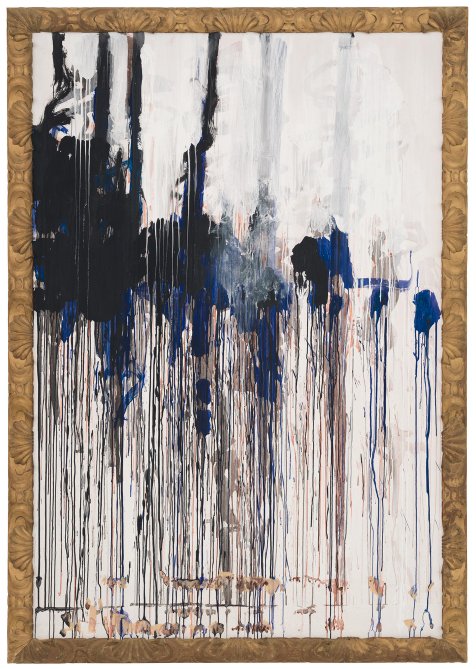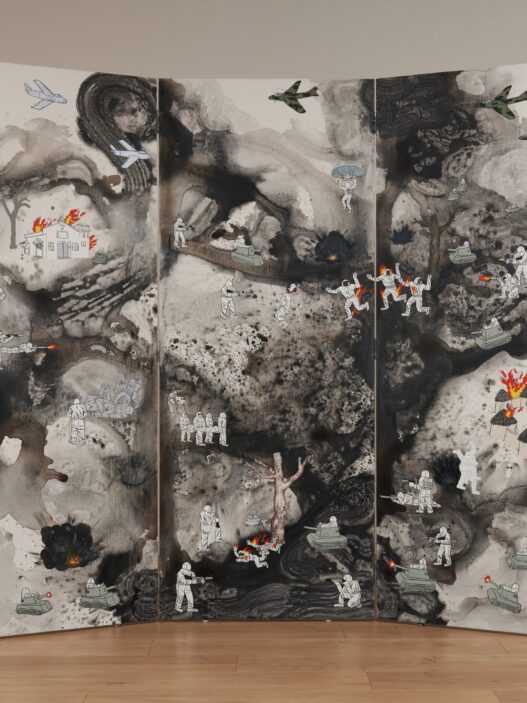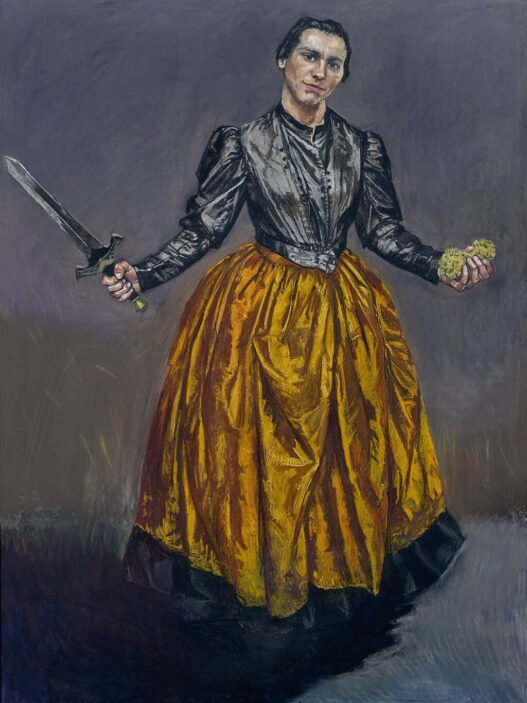Elsa Gramcko: The Invisible Plot of Things, curated by Gabriela Rangel, is on view at James Cohan's 48 Walker Street location through February 15, 2023.
Elsa Gramcko (b.1925, Puerto Cabello, Venezuela; d.1994, Caracas, Venezuela) created visually striking paintings, dimensional assemblages, and totemic objects by fusing geometric abstraction and surrealism. Gramcko acquired a particular place in the history of Latin American art due to her independent spirit and reluctance to conform to a single mode of artistic expression. Her art production spoke critically of Venezuela’s evolving social and economic milieu during the country’s heyday in the 1960s and 1970s. She reused industrial waste and automotive pieces, emblems of the country’s thriving oil extraction industry. Gramcko endowed objects with a sense of poetry and compassion by reclaiming them as a silent protest to Venezuela’s unbridled industrialization.
Elsa Gramcko: The Invisible Plot of Things is co-presented by Sicardi / Ayers / Bacino. This exhibition of nearly forty artworks spanning three decades, from the 1950s to the 1970s, attests to Gramcko’s significant contributions to worldwide modernism, which are distinguished by her particular abstract vocabulary.
Gramcko’s work resisted categorization, as her artistic language progressed from geometric abstraction to surrealism to informalism. Her curiosity was fueled by her great sense of materiality and geometric shape, as well as her capacity to imbue items with new meaning. Unlike her Venezuelan colleagues, Alejandro Otero and Jes Rafael Soto, she rejected the Kinetic movement, which emphasized constructivist art as a participatory activity. Gramcko’s work is not physically participatory, but rather asks spectators to enter a subconscious condition and ponder what it means to stare carefully.
Elsa Gramcko embraced harsh textures, corroded metals, and automobile components, fighting against the Kinetic movement’s deceptive optimism. She recomposed these discarded modernism components as a meditation on a society ruled by oil. Her art practice was a critical response to what Rangel and art historian Aruna D’Souza refer to as “petro-modernity”; a period of increasing oil extraction in Venezuela in the 1960s and 1970s, along with fast urban growth in the capital city of Caracas. Gramcko attached abandoned industrial trash, such as car battery cells and headlights, to masonite-emblematic emblems of the country’s status and reliance on the automobile. In Gramcko’s words, “These works are questioning contemporary society… it’s really about trying to defend us against becoming automated machines, becoming the teeth on a gear, and it’s about privileging our individuality.”
Please join on Saturday, January 28th at 2pm at 48 Walker Street to celebrate the release of Elsa Gramcko: The Invisible Plot of Things, the first full monograph dedicated to the late Venezuelan artist. On this occasion, the museum will hold a dialogue between exhibition curator Gabriela Rangel and writer Aruna D’Souza, mediated by Claudia Calirman, Associate Professor of Art History and Chair of the Department of Art & Music at John Jay College of Criminal Justice, CUNY. Please send your RSVP to info@jamescohan.com.
Elsa Gramcko: The Invisible Plot of Things features essays by Rangel and D’Souza, which examine Gramcko’s critical approach to petro-modernity, along with unpublished letters the artist wrote to Alejandro Otero in the early 1960s that defined her relationship to objecthood. Also included is a text by Luis Felipe Farías S. and a conversation between Gramcko, Miguel Miguel, and Margot Römer. Elsa Gramcko: The Invisible Plot of Things is published by James Cohan & Sicardi I Ayers I Bacino with special thanks to Todd Bradway and ARTBOOK LLC & D.A.P.—Distributed Art Publishers, Inc.
James Cohan
48 Walker Street
New York, NY 10013
USA
T +1 212 714 9500
info@jamescohan.com









